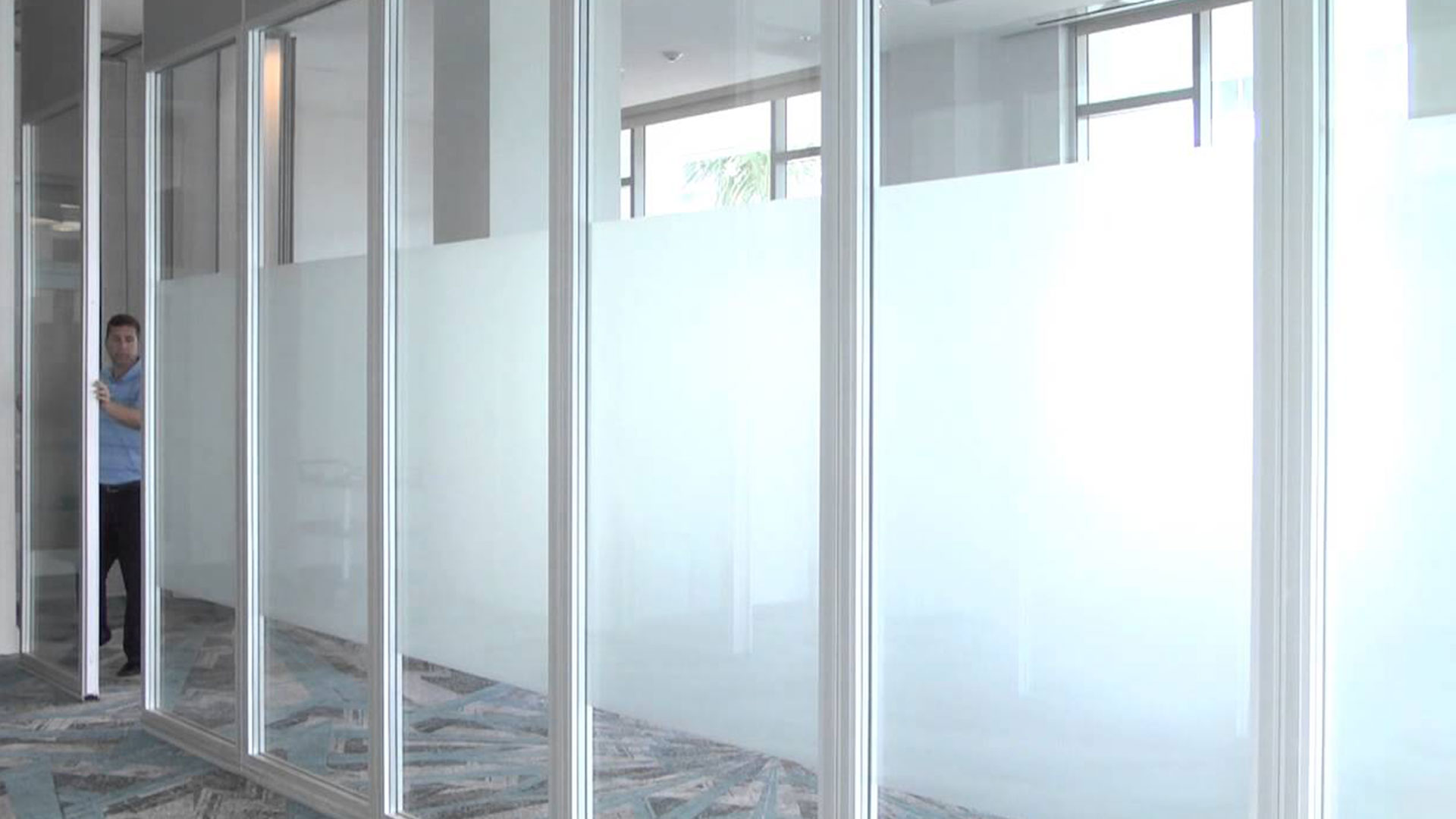
What is Acoustic Glass
Acoustic glass provides a high level of sound insulation. Soundproof glass window and door solutions from UniWindows have the potential to reduce sound intrusion by up to 42 decibels. With such high levels of sound insulation, outside noise pollution will slowly become a thing of the past for you. The main difference between soundproof glass or acoustic glass and ordinary glass lies in the manufacturing of acoustic glass, where two layers of glass are sandwiched together with a special Polyvinyl Butyral (PVB) interlayer between them. The PVB layer holds the glass panes together and acts as a shield that does not allow noise and unnecessary sound vibrations to pass through to the other side.
The single-pane appearance in the acoustic glass is due to the PVB layer. You would not even realize that the soundproof glass is a sandwich of two glasses with naked eyes. Depending on the soundproofing levels, the acoustic glass has to be installed in various sizes, thicknesses, and glazings.
Why Acoustic Glass?
- Increased Safety
In comparison to tempered and annealed glass, acoustic glass windows offer better safety to the occupants. Since the acoustic glass contains an inner PVB layer, it becomes difficult to break. If the acoustic glass window does break due to some reason, the glass pieces do not fall out due to the PVB layer. - Improved Security Levels
As the window made of acoustic glass is difficult to break, it results in improved security for the building's occupants. This is one of the most significant plus points of acoustic glass windows over standard glass windows. - Wide range of health benefits
Acoustic glass windows and doors keep the temperature inside the place (i.e.,home or office) at optimum levels. Energy efficiency is one of the biggest advantages of soundproof glass doors & windows. This is because the rooms' temperature would not fluctuate so much, thereby improving the efficiency of the various equipment used in the place.
Acoustic glass does not block natural light but blocks or reflects the unhealthy Ultra Violet (UV) & Infra-Red (IR) rays, which improves the occupants' overall health.
